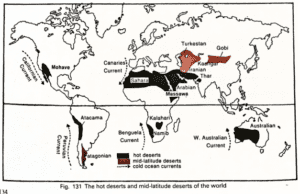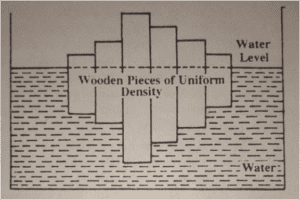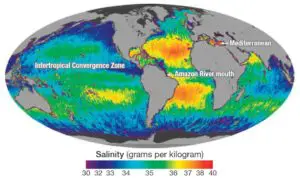National Mineral Policy 2019 | UPSC – IAS
National Mineral Policy 2019 replaces the extant National Mineral Policy 2008 in compliance with the directions of the Supreme Court. The aim of National Mineral Policy 2019 is to have a:- More effective, Meaningful and implementable policy that brings in further transparency, better regulation and enforcement, balanced social and economic growth as well as sustainable mining practices.
The 2019 policy proposes to grant status of industry to mining activity to boost financing of mining for private sector and for acquisitions of mineral assets in other countries by private sector,
Need of the review of Policy | UPSC – IAS
- Low rate of growth of Indian Mining sector- with just 1-2 per cent contribution to GDP over the last decade (as opposed to 5 to 6 per cent in major mining economies).
- Lack of focus on exploration- the production vs import of minerals is in the ratio of 1:10 in India. High import is mainly because of non-availability of raw material for industries. Hence, exploration must be treated as a business and treating it as a startup giving tax holidays, tax benefits etc. to encourage investments for exploration.
- Lack of incentives with private sector to invest- Companies fear investing in exploring minerals owing to various risks.
- Need to address illegality in mining- Apparently 102 mining leases in the state of Orissa did not have requisite environmental clearances, approvals under the Forest Act, 1980.
- Need to address environmental concerns- e.g. in Bellary due to mining operation. Also there is need for reclamation and restoring the mined land.
- Need to address concerns of intergenerational rights
Salient features of National Mineral Policy 2019 | UPSC – IAS
- Introduction of Right of First Refusal for reconnaissance permit and prospecting license (RP/PL) holders for encouraging the private sector to take up exploration.
- Encouragement of merger and acquisition of mining entities and transfer of mining leases
- Creation of dedicated mineral corridors to boost private sector mining areas.
- Granting status of industry to mining activity to boost financing of mining for private sector and for acquisitions of mineral assets in other countries by private sector.
- Long-term import export policy for mineral will help private sector in better planning and stability in business.
- Rationalize reserved areas given to PSUs which have not been used and to put these areas to auction, which will give more opportunity to private sector for participation.
- Efforts to harmonize taxes, levies & royalty with world benchmarks to help private sector.
- Introduces the concept of Intergenerational Equity that deals with the well-being not only of the present generation but also of the generations to come.
- Constitutes an inter-ministerial body to institutionalize the mechanism for ensuring sustainable development in mining.
- Incorporation of e-governance- IT enabled systems, awareness and Information campaigns have been incorporate.
- Focus on using waterways- coastal waterways and inland shipping for evacuation and transportation of minerals.
- Utilization of the district mineral fund for equitable development of project affected persons and areas.




